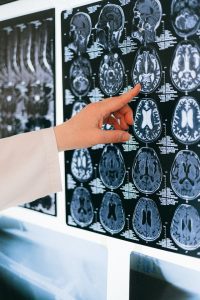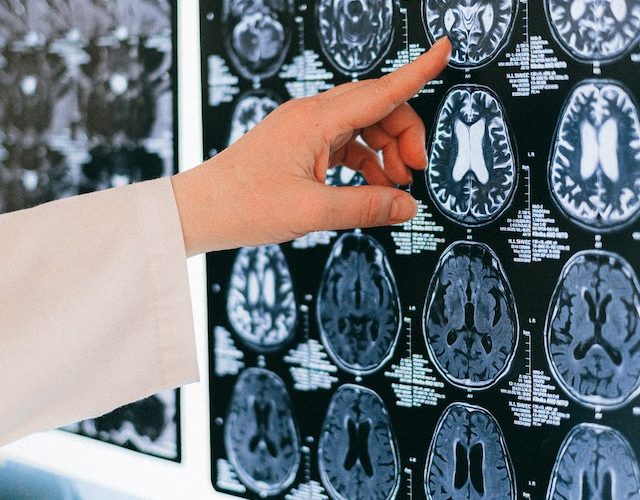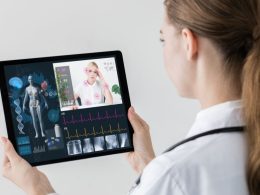Introduction: Revealing the Secrets Behind Dental Radiographs
Dental X-rays, which are commonly known as dental radiographs, have become indispensa ble in dentistry. Seeing these images helps dentists know more about the mouth and make plans for keeping it healthy. Join us as we explore the fascinating technology and process of dental radiography, uncovering its significance in contemporary dentistry.
How Dental Radiographs Work: Understanding the Imaging Process
To see clear images of the teeth, jawbones, and tissues around them, dentists use X-ray technology. The process involves the following steps:
Preparation: The patient is arranged and made ready for the imaging scan. To lower the risk of radiation, special clothing like lead aprons and thyroid collars are used to shield certain body parts.
X-ray Machine: To examine the patient’s mouth, a trained dental professional uses an X-ray machine to focus a controlled beam of X-ray radiation. The X-rays pass through the oral structures and create an image on a specialized film or a digital sensor.
Image Capture: The X-ray film or digital sensor captures the X-rays that pass through the mouth area. The film is then developed in a darkroom or processed digitally to produce the final images.
Interpretation: The dentist carefully examines the developed X-ray film or digital images. They assess the images to identify any dental conditions or abnormalities, such as tooth decay, gum disease, impacted teeth, or bone loss.

Benefits of Dental Radiographs: Why Dentists Rely on This Technology
Dental radiographs offer several benefits that make them indispensable in dental practice:
Early Detection: Radiographs help dentists identify dental issues in their early stages, even before they become visible to the naked eye. Early detection allows for timely intervention and preventive measures, preventing further complications and preserving oral health.
Comprehensive Evaluation: Dental radiographs let you see all the important things in your mouth – like the roots, bones, and tissues. This enables dentists to evaluate the complete picture of a patient’s oral health, assisting in accurate diagnosis and treatment planning.
Treatment Precision: Dentists use radiographs to help them create accurate treatment plans by giving important details about the teeth and jaws’ position, alignment, and condition. This enhances treatment outcomes and ensures optimal results.
Patient Education:Radiographs serve as visual aids in patient education. Dentists can show pictures to explain oral conditions, talk about different ways to treat them, and help patients see why recommended procedures are important.
What Makes Dental X-Rays Essential in Today’s Dentist Practice
In modern dentistry, dental radiographs play a pivotal role in various aspects of dental care:
Diagnosis and Treatment Planning: Radiographs enable dentists to accurately diagnose dental conditions, plan appropriate treatments, and determine the most effective approaches. By providing this important information, dentists can deliver optimal care.
Preventive Dentistry: Dental radiographs aid in preventive dentistry by detecting early signs of dental issues. Regular radiographic examinations help identify potential problems before they worsen, allowing for early intervention and preventive measures.
Monitoring and Follow-up: Radiographs are super valuable because they show how dental treatments are going and if the procedures were successful. They enable dentists to assess changes, track healing, and make necessary adjustments to treatment plans as required.
Specialist Collaboration: Dental radiographs facilitate collaboration between dental specialists. If dentists share pictures of teeth using radiation, they can seek guidance from specialists, recommend patients to different dental professionals, and make sure that everyone is collaborating on difficult cases.
Conclusion
Radiographs are important for dentists because they allow them to provide thorough care by showing hidden details. Thanks to advanced technology and a carefully designed method, radiographs assist in identifying dental conditions, organizing treatments, and enhancing preventive care. To guarantee accurate diagnoses, careful treatment planning, and successful patient results, dentists trust this valuable imaging technique. Embrace the technological advancements in dental radiographs and enjoy the advantages of this crucial tool for better oral health.












